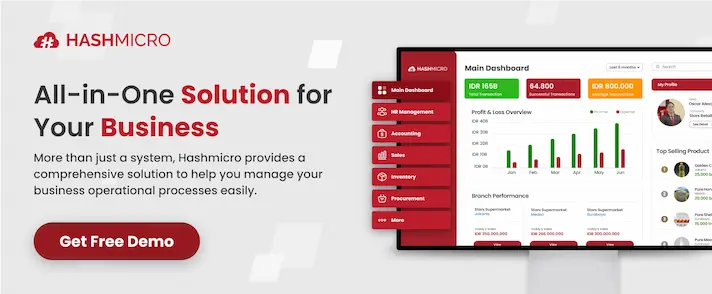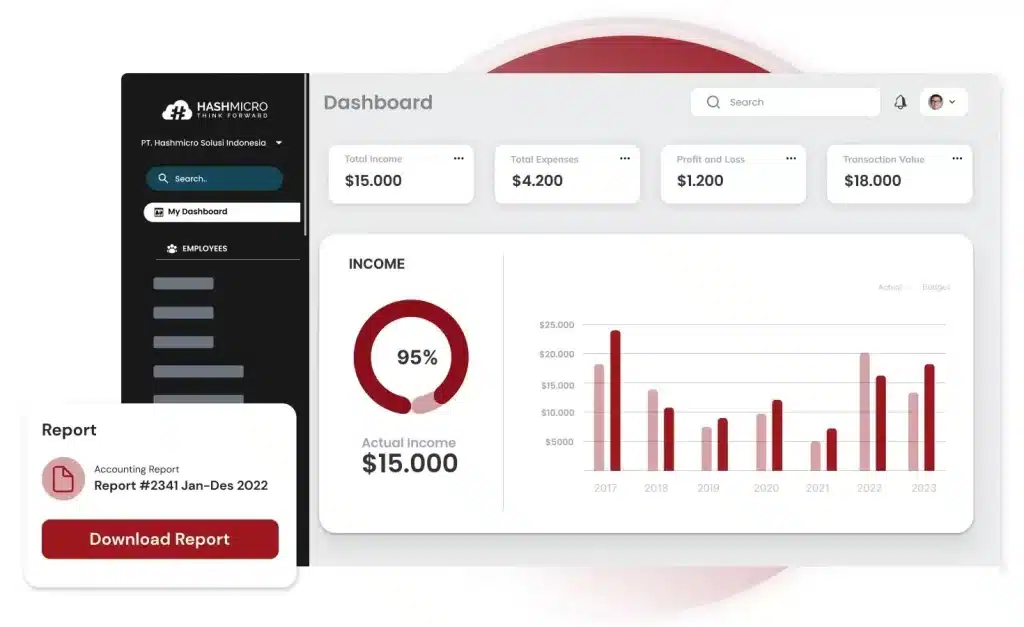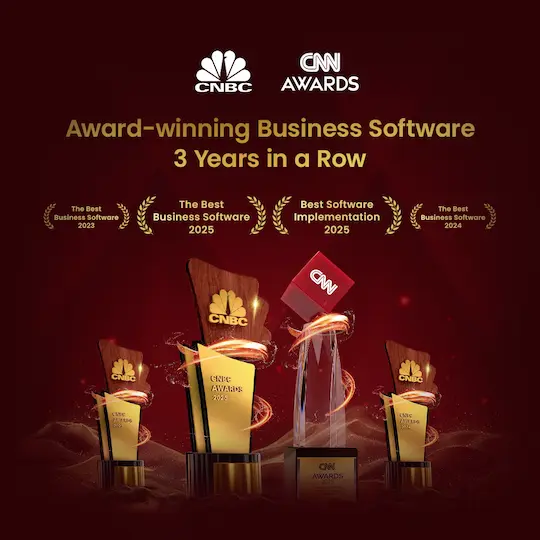Financial consolidation may seem straightforward until you’re reconciling trial balances across entities and currencies. What begins as a routine task often turns into a complex process involving data inconsistencies, intercompany mismatches, and spreadsheet fatigue.
Accurate, audit-ready reports require careful elimination, adjustments, and currency conversions. Whether for ACRA, IRAS, or internal reporting, consolidation ensures a clear, accurate view of group performance.
In this article, we’ll walk you through what financial consolidation really means without turning it into a textbook. From methods and steps to real-world examples and tools that make the process easier, this guide is designed to help you understand consolidation clearly and practically.
Key Takeaways
|
What is Financial Consolidation?
A consolidated financial statement is a combined report that includes the financial statements of a parent company along with its divisions and/or subsidiaries. It presents the total assets, liabilities, income, revenue, expenses, and cash flows of all these entities as if they were a single company.
The consolidation process involves merging the financial data from the parent company and its subsidiaries to produce standard financial reports: the balance sheet, income statement, and cash flow statement.
Companies usually decide each year whether to file consolidated financial statements, often due to tax benefits or other strategic reasons. If a company doesn’t consolidate, it typically reports its investment using either the cost method or the equity method.
Different Methods of Financial Consolidation
Understanding the core steps in financial consolidation is straightforward. However, it’s also important to recognise that consolidation methods vary depending on the level of control the parent company has over its subsidiaries.
1. Full Consolidation
This method is used when the parent company holds a controlling interest, typically more than 50% of voting rights, or has effective control through decision-making influence. In this case, the parent combines 100% of the subsidiary’s financials into its consolidated statements.
This includes all assets, liabilities, revenues, expenses, and cash flows, even if the parent does not own 100% of the subsidiary. Non-controlling interests (minority shareholders) are reported separately in the equity section of the consolidated balance sheet.
2. Proportionate Consolidation (No longer used)
Previously, some companies used this method to reflect only a proportional share of a joint venture’s assets, liabilities, income, and expenses based on ownership percentage.
However, under SFRS(I) and IFRS, this approach was discontinued in 2013. It has since been replaced by the equity method for joint ventures.
3. Equity Method
This method applies when the parent company holds significant influence, but not control; usually between 20% and 49% ownership. Instead of consolidating line-by-line, the parent reports its share of the investee’s net assets as a single-line item called “investment in associate” on the balance sheet.
The investor also recognises its share of the associate’s profits or losses in the income statement. This approach is commonly used for joint ventures or strategic investments without full ownership.
Three Stages of Financial Consolidation
Regardless of company size or group structure, group-level financial reporting typically follows three key stages: collecting financial data, consolidating that data, and producing the final reports.
1. Data Collection
The first step involves gathering all relevant financial information from each subsidiary or business unit. This usually includes full sets of financial statements, such as balance sheets, profit and loss statements, and cash flow reports.
For companies with overseas entities or multiple currencies, finance teams often work closely with local accountants to extract accurate trial balances and general ledger data in a consistent format.
2. Data Consolidation
After collecting the data, the finance team standardises and merges it into a unified set of accounts.
This step includes eliminating intercompany transactions (such as internal sales or management fees), reconciling intra-group balances, aligning charts of accounts, and converting foreign currency entries into Singapore dollars using appropriate exchange rates.
Group consolidation tools or ERP systems are often used to streamline this process, especially for companies preparing quarterly reports or meeting tight audit timelines.
3. Reporting
Once consolidation is complete, the finance or corporate reporting team compiles the final group financial statements.
These may support internal decision-making, such as budgeting, forecasting, or preparing for board meetings. Alternatively, they can be submitted externally to auditors, shareholders, banks, or regulators like ACRA and IRAS.
Larger enterprises may also prepare additional disclosures to comply with SFRS(I) standards and statutory requirements.
Six Key Steps of Financial Consolidation
The financial consolidation process can be broken down into six essential steps. Let’s take a look at each one of them to broaden your understanding.
1. Gather accounting data from all entities
Consolidation starts with collecting large volumes of financial data. It includes trial balances, journal entries, and ledgers from each entity. Since the data often comes from different systems or finance teams, it must be cleaned, checked, and standardised before further use.
For companies with overseas branches or subsidiaries, centralising this information accurately is critical to avoid reporting delays.
2. Map data to a unified chart of accounts
A consistent Chart of Accounts (CoA) helps bring structure to the consolidation process. Mapping each entity’s financial data into a common group format ensures consistent reporting and makes it easier to view financial results across departments or business units.
3. Apply foreign exchange rates
If subsidiaries operate in different countries and currencies (e.g. USD, MYR, IDR), their transactions must be converted into the reporting currency, usually SGD. Applying accurate exchange rates is essential to produce reliable consolidated statements.
4. Remove intercompany transactions
Transactions between related entities, such as internal sales, fee charges, or loans, must be eliminated to avoid inflating revenues or expenses. These internal balances are identified, reconciled, and excluded from the final group report.
5. Review cumulative translation adjustments (CTAs)
CTAs reflect differences in asset values caused by fluctuating exchange rates. These adjustments must be reviewed to ensure that the balance sheet remains accurate when consolidating foreign operations into the group’s financials.
6. Prepare consolidated financial statements and share with stakeholders
Once consolidation is complete, the finance team prepares the final set of group-level reports, such as the balance sheet, income statement, and cash flow statement.
These reports are shared with key stakeholders, including board members, auditors, or financial institutions, to provide a clear view of the company’s overall financial position.
Challenges of Financial Consolidation
Like any organisation-wide financial process, consolidation doesn’t come without its challenges. Before building your consolidation framework, it’s important to consider a few critical areas, especially for companies with multiple entities or cross-border operations.
1. Inconsistent data quality across entities
If each business unit or subsidiary uses a different accounting format, software, or chart of accounts, consolidation becomes far more complicated.
Ask yourself:
- Are all entities aligned in how they enter and categorise financial data?
- Are naming conventions, transaction dates, or reporting cutoffs consistent?
Even small discrepancies, like how revenue is classified or how expenses are recorded, can result in misstatements during consolidation.
2. Manual processes and risk of human error
Companies that rely solely on spreadsheets or emails for consolidation face significant risks:
- Mislinked formulas
- Version control issues
- Accidental omissions or duplications
- Inconsistent file formats across teams
Without dedicated consolidation tools or integrated ERP systems, finance teams spend more time cleaning data than analysing results.
3. Shifting reporting and compliance requirements
Financial reporting isn’t static. Companies must stay agile to:
- Meet evolving board and stakeholder expectations (e.g. segment reporting, ESG disclosures)
- Comply with Singapore’s SFRS(I) or other jurisdiction-specific standards
- Adapt to IRAS or ACRA filing requirements, especially during audits or tax reviews
Failing to adjust quickly could delay reporting or create compliance issues.
4. Cross-border entities and foreign currency complexities
If your group includes overseas subsidiaries or joint ventures, consolidation gets trickier:
- Foreign currency transactions must be translated into the group’s reporting currency (usually SGD)
- Fluctuating exchange rates lead to cumulative translation adjustments (CTAs), which must be recorded properly
- Reconciling intercompany transactions across different tax treatments or time zones adds another layer of difficulty
Collaboration between HQ and regional offices also becomes a bottleneck if processes aren’t standardised.
Examples of Financial Consolidation
One of the most notable examples of financial consolidation is the global tech company Meta. Meta Platforms is a global tech company that owns several major digital platforms, including Facebook, Instagram, and WhatsApp.
As the parent company, Meta applies full consolidation when preparing its financial statements, since it has 100% ownership and control over its subsidiaries.
This includes:
- All income and operating expenses from each platform
- Group-wide assets like data centres and IP rights
- Any internal transactions are eliminated to avoid double-counting
Since Meta owns 100% of these entities:
- No non-controlling interest (NCI) is reported
- There’s no need to apply the equity method or separate out minority stakes
Meta also reports by business segment, such as Family of Apps and Reality Labs, to provide clarity on how each part of the business contributes to the overall group performance.
How the Right Accounting Software Solves Consolidation Challenges
Financial consolidation often gets complicated when multiple entities, currencies, and regulatory needs come into play, especially if the process still relies on spreadsheets. To manage the challenges, start by identifying process gaps like data errors, bottlenecks, or overdependence on spreadsheets.
HashMicro Accounting Software can make all the difference in managing the finances. Trusted by more than 2,000 businesses, including Changi Airport and Bank of China, HashMicro has the capabilities to support the entire process for financial consolidation.
Furthermore, the software complies with SFRS reporting standards, so you can save time without converting the reports into the correct formats later on.
HashMicro also has these advanced features to assist with financial consolidation, such as:
- Multi-company accounting with intercompany transaction & consolidation reports: Easily manage multiple entities and generate group-level financial statements with built-in elimination rules.
- Automated multicurrency management & FX revaluation: Track foreign currency AR/AP and revalue balances with automatic unrealized gain/loss entries.
- Comprehensive financial reporting suite: Access detailed reports including GL, trial balance, P&L, and balance sheets with period comparisons.
- Bank statement reconciliation with auto-matching: Simplify reconciliations by automatically matching bank entries with journal records.
- Cash flow reporting (direct & indirect): Monitor real-time cash movement and project future liquidity across all business units.
- Budgeting tools with purchase control & carryover logic: Set monthly budgets, control purchases, and track unused budgets with ease.
Conclusion
Financial consolidation combines data from multiple entities into one clear report, ensuring accuracy and group-level transparency. It’s a crucial process for businesses handling cross-border operations, intercompany transactions, and multi-currency accounts.
If your team’s still struggling with spreadsheets, HashMicro Accounting Software is built to make things easier. It automates the hard parts, like FX revaluation and intercompany eliminations, so you don’t have to.
Used by over 2,000 businesses, HashMicro simplifies reporting and helps you comply with SFRS without the extra work. With features like multi-entity support, budget controls, and advanced reports, you’re set for confident decisions.
See how HashMicro Accounting simplifies group-level reporting. Request your free demo and explore the full capabilities!
Warning: Undefined array key "med" in /home/hashmicr/public_html/blog/wp-content/plugins/insert-headers-and-footers/includes/class-wpcode-snippet-execute.php(419) : eval()'d code on line 281

FAQ on Financial Consolidation
-
What tools help transition from financial close to consolidation?
Modern consolidation software often supports both financial close and consolidation in one system, automating tasks like intercompany eliminations, currency translations, and audit trail maintenance.
-
Why is governance and auditability a challenge in consolidation?
Manual spreadsheet-driven processes risk poor governance and weak audit trails, making it hard to trace adjustments or maintain compliance.
-
How long do consolidation software implementations typically take?
Implementation time varies, typically ranging from a few weeks to several months depending on system complexity and training.
-
Are consolidation tools secure enough for sensitive financial data?
Yes, most solutions offer enterprise-level security with encryption, user-role access controls, and full audit logs to ensure data integrity.














